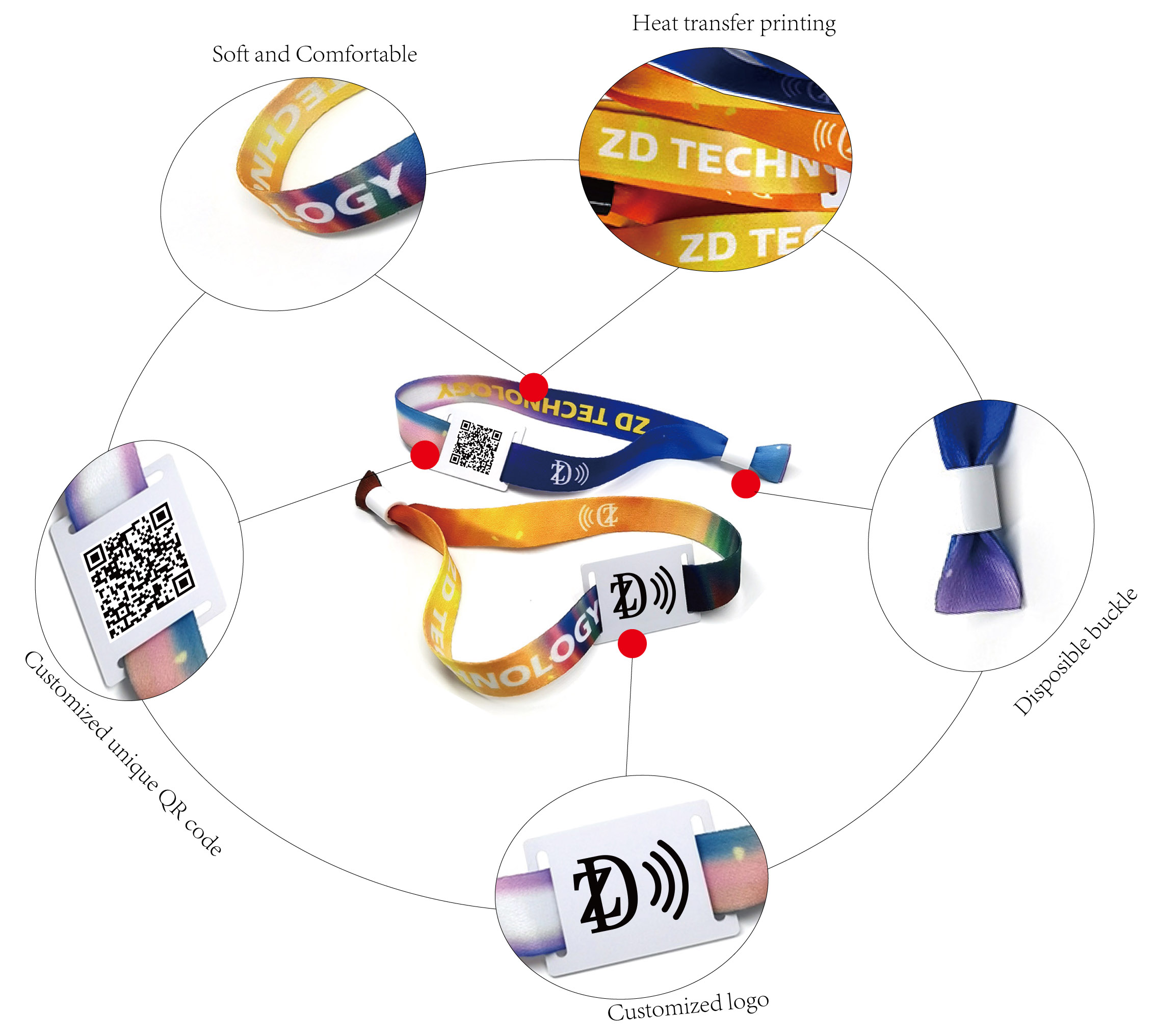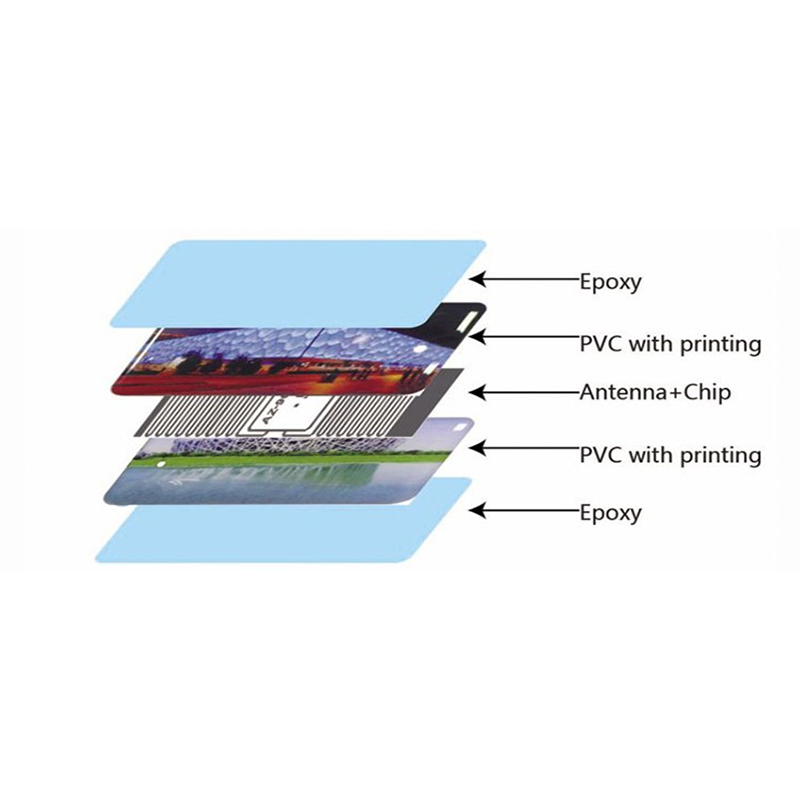Wireless technologies such as Near Field Communication (NFC) and Radio Frequency Identification (RFID) are widely used for data transfer, tracking, and identification across various industries. While both rely on radio waves for communication, they differ in range, operation, and applications. Understanding these distinctions is essential for selecting the right technology for your needs.
NFC is a short-range, high-frequency wireless communication technology primarily designed for mobile and handheld devices. It allows two devices to establish communication by touching or being placed a few centimeters apart. NFC operates at a frequency of 13.56 MHz, with data transfer rates ranging from 106 to 424 kbit/s.
There are two communication modes in NFC:
Active Mode – Both devices generate an electromagnetic field and exchange data bidirectionally.
Passive Mode – One active device reads information from a passive NFC tag, which does not have its own power source.

Enhanced Security: Short communication range (a few centimeters) reduces the risk of unauthorized access.
User-Friendly: Ideal for low-risk transactions such as contactless payments and quick device pairing.
Low Power Consumption: Suitable for battery-operated devices like smartphones and wearables.
Limited Range: Cannot be used for long-range communication.
Lower Data Transfer Rate: Compared to other wireless technologies, NFC is slower and not suitable for large data transfers.
RFID is a wireless identification technology that enables automatic data capture using radio waves. An RFID system consists of three main components: a tag, a reader, and an antenna. The RFID tag, embedded with an integrated circuit and antenna, stores data that a reader captures and transmits to a database.
There are two main types of RFID tags:
Active RFID Tags: Have an internal power source, allowing long-range communication (up to 100 meters).
Passive RFID Tags: Rely on the RFID reader’s electromagnetic field for power, making them suitable for short-range applications.
Longer Range: Depending on the RFID frequency, the range can extend up to 100 meters.
Simultaneous Tag Reading: RFID readers can scan multiple tags at once, improving efficiency in inventory management.
No Line-of-Sight Requirement: Unlike barcodes, RFID tags do not need to be in direct view of the reader.
Security Risks: Longer communication range increases the risk of unauthorized data interception.
Higher Cost: RFID systems, especially those using UHF technology, are more expensive than NFC solutions.

Feature | NFC | RFID |
Range | 0–10 cm | Up to 100 meters (varies by frequency) |
Communication | Bidirectional | Typically unidirectional |
Power Source | Passive tags | Active or passive tags |
Security | Higher due to short range | Lower due to longer range |
Data Transfer Rate | 106–424 kbit/s | Varies with frequency |
Applications | Payments, access control, data sharing | Asset tracking, inventory management, logistics |
Cost | Lower | Higher |
Both NFC and RFID offer unique advantages, but their suitability depends on the application:
Use NFC if: You require a secure, user-friendly, and short-range communication method for tasks like contactless payments, device pairing, and access control.
Use RFID if: You need a long-range, high-efficiency solution for asset tracking, inventory management, and logistics.
ZD Technology has evolved from manufacturing plastic cards to becoming a leading supplier of RFID solutions. With over 20 years of experience, we provide high-quality RFID products tailored to diverse industry needs. Our commitment to innovation and customer satisfaction has earned us a strong reputation, with a repurchase rate of 50%.
As RFID technology continues to shape modern business operations, ZD Technology remains dedicated to delivering cutting-edge solutions. Contact us today to explore how our RFID products can enhance your business efficiency!
Do you need a professional team to provide you with solutions? Contact us for a quote
Let us discuss it with you.